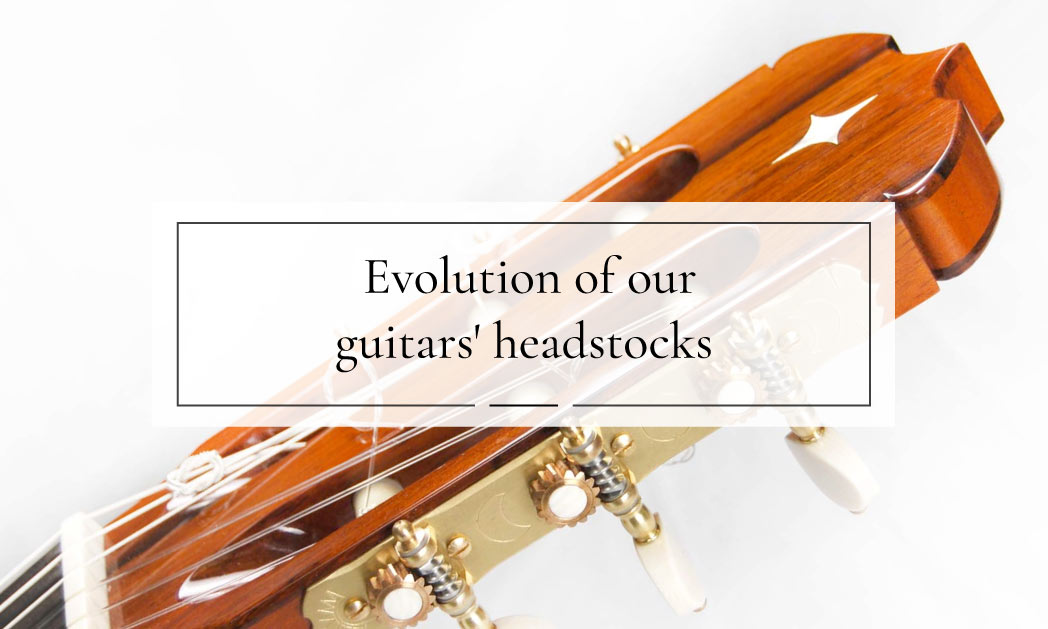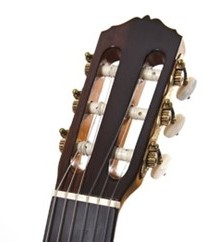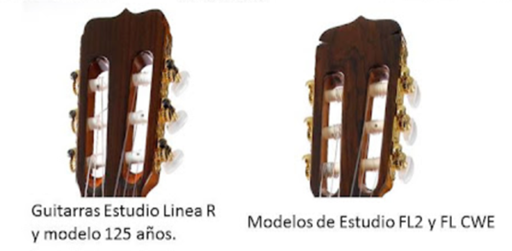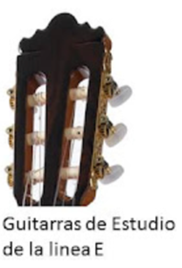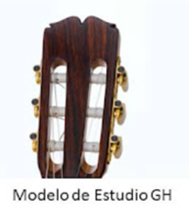As many already know, the guitar headstock is like a signature, a sign of the guitar maker’s identity, designed to be recognised without the need to see the label or any other identifying marks.
So, today we show you the evolution of Ramírez guitar headstocks.
José Ramírez I and José Ramírez II
The headpiece of my great-grandfather, José Ramírez I, is the same one that his son, José Ramírez II, continued to use.
Manuel Ramírez
His younger brother, Manuel Ramírez, when he became independent, stopped using José’s finial and designed his own, a design that other guitar makers now use instead of creating their own original finial. Probably some of them use it because it is a line that descends from our house, in order to identify themselves with our school.
Given that the descendants of Manuel Ramírez continue to use the finial of his brother and master José, and later other variants of this basic design, we do not use, at least for the moment, Manuel’s design except for the reproduction of Manuel Ramírez’s guitar which he gave to Andrés Segovia in 1913 and which is exhibited in the MET.
José Ramírez III
In the 1950s, my father, José Ramírez III, designed what has become the most representative of our house.
This head end has been, and continues to be, copied by many brands, which is better seen as a tribute rather than a less charitable reaction. It is what it is and we can’t help it.
But this was not the first attempt. Among my father’s papers, I found a drawing of his before he decided on the definitive finial, which I loved, and which I used for our semi-professional guitar.
There is a curious anecdote about this headjoint. One day, a colleague called me to tell me that someone had told him that we had copied his headjoint. I was perplexed because it was nothing like his, and I made him see the differences, although they were obvious, but given his stubbornness, I’m afraid that the discussion did not end well.
In any case, I must add that this design is so old and, evidently, a first version of the definitive one, that I don’t know what else to say, as the matter speaks for itself.
José Ramírez IV and Amalia Ramírez
And going back to my great-grandfather’s and grandfather’s original finial, my brother José Ramírez IV and I rescued it to use it in one of our studio lines, and also for the handcrafted guitars Sencilla and Preludio that we are building in the workshop since 2020.
And the head end of the studio line we call E, designed jointly by my father and my brother, we kept it until we decided to stop using it because we decided to unify it in all our studio lines.
Another top auction is the GH guitar, a guitar that Klaus Voorman bought in our old shop at Concepción Jerónima 2, and which he gave to George Harrison as a gift.
This guitar was used on several recordings by The Beatles. At the beginning of 2000 we made an improved reedition of this model, which we call GH, and which we are thinking of reediting soon, as it will be 60 years since it was bought in the shop in September.
There is, however, a headpiece design made by my father for the first copies of the SP line, but unfortunately we do not have the drawing or any guitars to reproduce it here.
Because of the way it looked, we used to call it, familiarly, the Batman headstock. Few guitars were made of this model which was a test for the later Especial guitar designed by my brother, JR IV.
Amalia Ramírez
Madrid, 15 June 202

